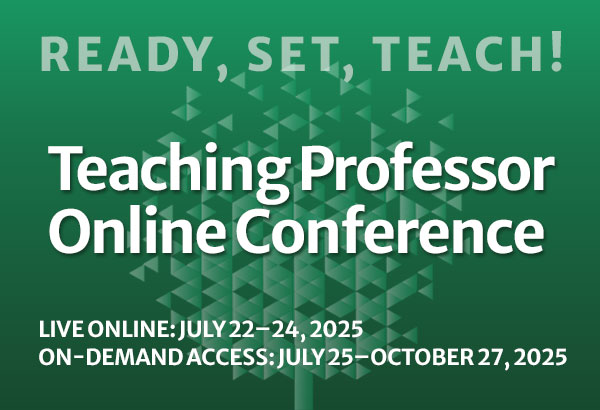Establishing an Online Professional Learning Community to Promote Faculty Engagement and Excellence
In online higher education, adjunct faculty members are an essential resource. These faculty members teach, research, perform service and outreach, and even oversee administrative aspects of higher education institutions (Doe, Barnes, Bowen, Gilkey, Smoak, Ryan, & Palmquist, 2011). Unfortunately, adjunct faculty members often feel isolated and set apart from the full-time faculty, administration, and staff. Dolan (2011) reported adjunct faculty members are generally disappointed with communication, recognition, and a lack of opportunity. One way to improve a sense of belonging is through the development of a strong professional learning community. A successful learning community is primarily focused on student learning, collaboration, and accountability for outcomes (DuFour, 2004).



